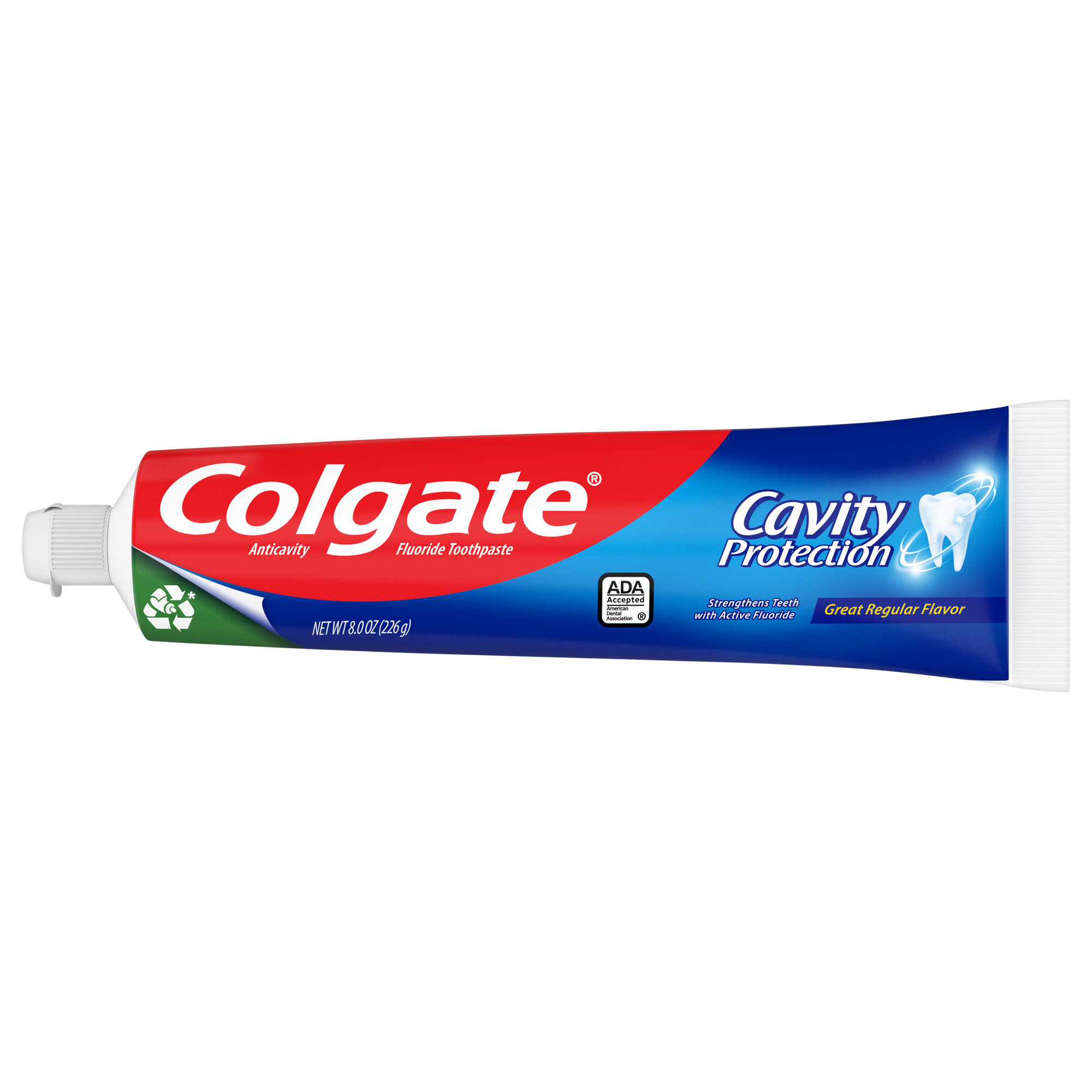What Is Conscious Sedation?
Conscious sedation is a method of relieving dental anxiety through the use of sedative drugs. You will still be awake, but you'll be less aware of the procedure, and you may not remember what happened afterward, as the National Institutes of Health explains. This is different from general anesthesia, which renders you completely unconscious and is typically used for long and extensive procedures, according to the Mayo Clinic.
Midazolam
- According to a review in the Journal of Dental Anesthesia and Pain Medicine (JDAPM), midazolam is a derivative of the class of drugs called benzodiazepines and is commonly used in dental sedation. It decreases anxiety and causes memory loss with minimum effect on the functioning of your heart and lungs. The drug itself is usually injected into a vein, and the patient begins to feel its effect within two to three minutes. Typically, the sedation lasts between 60 and 120 minutes in total.
According to the Food and Drug Administration (FDA), midazolam can be used on both adult and pediatric patients, though medical professionals should not give it to individuals with a known sensitivity to the drug. Further, the JDAPM review notes that side effects may include hallucinations, disorientation, uncontrollable crying or speaking, agitation, restlessness, involuntary movement and aggressive behavior, including self-injury.
Propofol
- Propofol is another drug administered via injection into a vein. The JDAPM review states that this drug contains soybean oil, glycerol and egg lecithin, so it may cause pain during injection, unless there is an anesthetic mixed in with the propofol. It begins working in just 90 to 100 seconds, and because it is cleared quickly by the body, it may be continuously administered over the course of the procedure. Once the treatment is complete, the patient will typically recover quickly.
Propofol may also be given to both adults and children; however, patients should be monitored, as a fall in blood pressure is a known side effect. The FDA notes that propofol should not be administered to patients with known allergies to propofol or any of its components, such as egg or soybean products.
Ketamine
- Ketamine, a derivative of the psychedelic drug phencyclidine, can also serve as a conscious sedation agent. The JDAPM review explains that it can help relieve pain and reduce memory of the procedure, though your body will typically maintain your breathing and cardiovascular reflexes. It is usually given by injection into a vein, and the effects begin to manifest about a minute after administration. One dose lasts between five and 10 minutes, depending on the amount, which makes ketamine more suitable for sedation during short procedures. It is also commonly used in combination with other drugs.
The FDA hasn't established ketamine's safety or effectiveness in patients under the age of 16. Further, it shouldn't be used on patients who may experience adverse reactions to a significant elevation in blood pressure or those who have shown sensitivity to the drug.
Dexmedetomidine
- Dexmedetomidine is another potent sedative drug that puts a patient in a sleep pattern similar to normal sleep, according to the JDAPM review. Dexmedetomidine is administered continuously through a vein throughout the procedure, and typically, the medical professional can still communicate with the patient. Because it can affect a patient's breathing and heart rate, low doses are usually given.
While the FDA does not outline any official contraindications for the drug, caution may be advised in patients who have diabetes, long-standing high blood pressure or the elderly.
Which Sedation Method Is Right for You?
Each drug has its advantages and disadvantages, and there is no single drug for everyone. An appropriately trained clinician can also administer a combination of conscious sedation drugs specific to your needs. Your dentist will discuss the best options for you and ensure that you receive the correct drug, route of administration and dose during your dental treatment.
This article is intended to promote understanding of and knowledge about general oral health topics. It is not intended to be a substitute for professional advice, diagnosis or treatment. Always seek the advice of your dentist or other qualified healthcare provider with any questions you may have regarding a medical condition or treatment.
ORAL HEALTH QUIZ
What's behind your smile?
Take our Oral Health assessment to get the most from your oral care routine
ORAL HEALTH QUIZ
What's behind your smile?
Take our Oral Health assessment to get the most from your oral care routine















